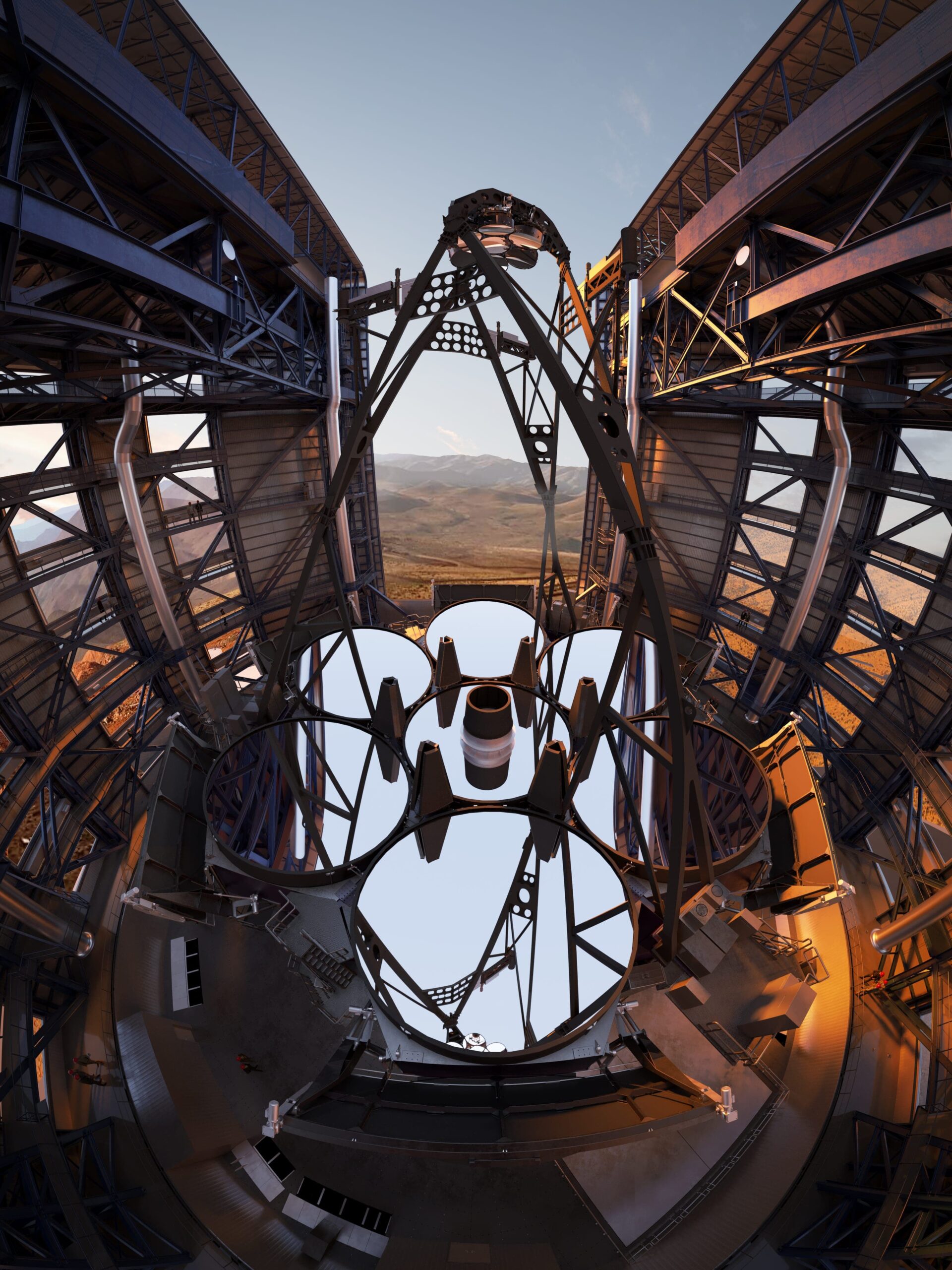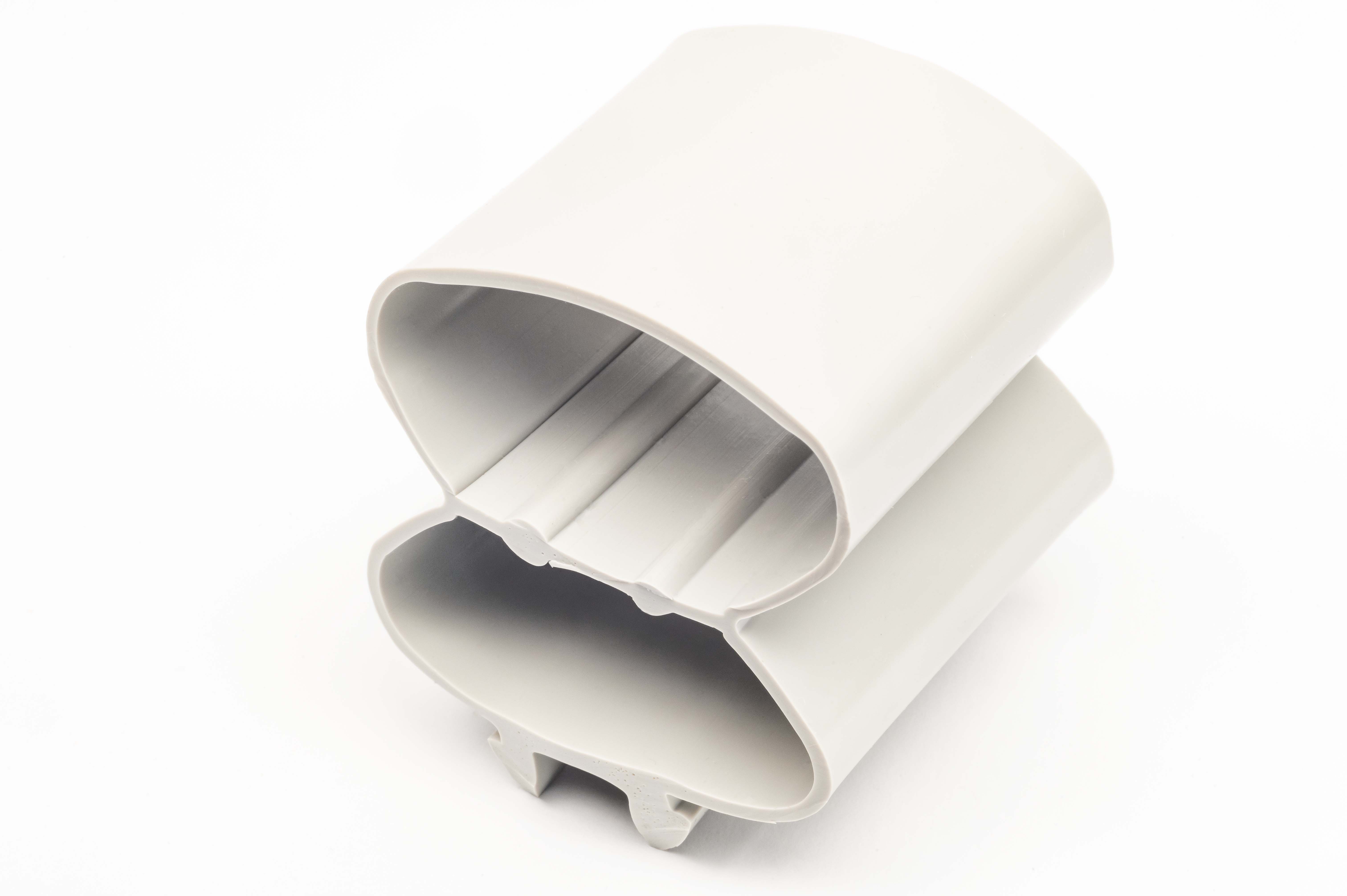“Developing components for the Giant Magellan Telescope is an exceptional order for us. It demonstrates our approach to developing special material solutions in collaboration with our customers – in this case tailored to the very special requirements of a giant telescope in the Atacama Desert,” says Ingolf Cedra, Managing Director of the HÜBNER Group.
Prototypes developed on specially constructed test rack
From 2027, HÜBNER will supply a total of six silicone seals, each 26.9 meters long, and one 7.3-meter-long seal. In cooperation with the customer OHB Digital Connect GmbH, a specially constructed test rack was set up near Kassel. This rack was used for developing the prototypes of the seals and successfully testing their functionality. They were subsequently manufactured at the HÜBNER Group’s Competence Center Silicone at PolymerTechnik Ortrand GmbH (PTO).
OHB Digital Connect GmbH and its consortium partner Ingersoll Machine Tools were commissioned with the development of the Giant Magellan Telescope mount in 2019. Only recently, one of the three large subsystems, the telescope mount, successfully passed the final design review, thereby paving the way for further production.
Vulcanized silicone rings with a diameter of 8.55 meters
While PTO will initially produce the seals in one piece at the Ortrand location from 2027, they will then be further processed at the HÜBNER location in Kassel. The silicone seals will be assembled in such a way that they can be supplied vulcanized as rings with diameters of around 8.55 meters or 2.26 meters.
They seal the seven mirrors of the Giant Magellan Telescope against a surrounding sheet metal frame during cleaning work. This prevents cleaning fluid from damaging the electronics underneath.
Silicone provides reliable functionality in difficult environments
“Silicone has very special application possibilities. The particular advantage is its reliable functionality, even in a wide range of temperatures. From Greenland to Death Valley, from the North Cape to the Atacama Desert in Chile – material solutions made of silicone are very reliable even in extreme conditions,” explains Christian Rothe, Head of the Competence Center Silicone at PTO.
Competence Center Silicone for high-quality design requirements
The Competence Center Silicone was put into operation at the HÜBNER Group company PolymerTechnik Ortrand GmbH (PTO) in 2022. Silicone profiles for many different fields of application are produced there, such as seals for buses and trains, as well as industrial applications.
“With the Competence Center Silicone, we can respond even better to the diverse and individual design requirements of our customers within our group of companies. This is a decisive advantage, especially for high-quality and demanding applications such as the Giant Magellan Telescope, but also in aviation and public transportation for road and rail vehicles,” says Ingolf Cedra.
About the Giant Magellan Telescope
The Giant Magellan Telescope is currently planned to be built in the Atacama Desert in the highlands of Chile. According to the Giant Magellan Corporation, the giant telescope is scheduled for completion in 2029. Once calibrated, it will be around 200 times more powerful than the research telescopes currently in use and will have around ten times the resolution (selectivity) of the Hubble Space Telescope.
The project is backed by the GMTO Corporation, an international consortium of leading universities and research institutions headquartered in Pasadena, California. Once completed in the late 2020s, the extremely large telescope is set to become the largest publicly and privately funded science project in history.



